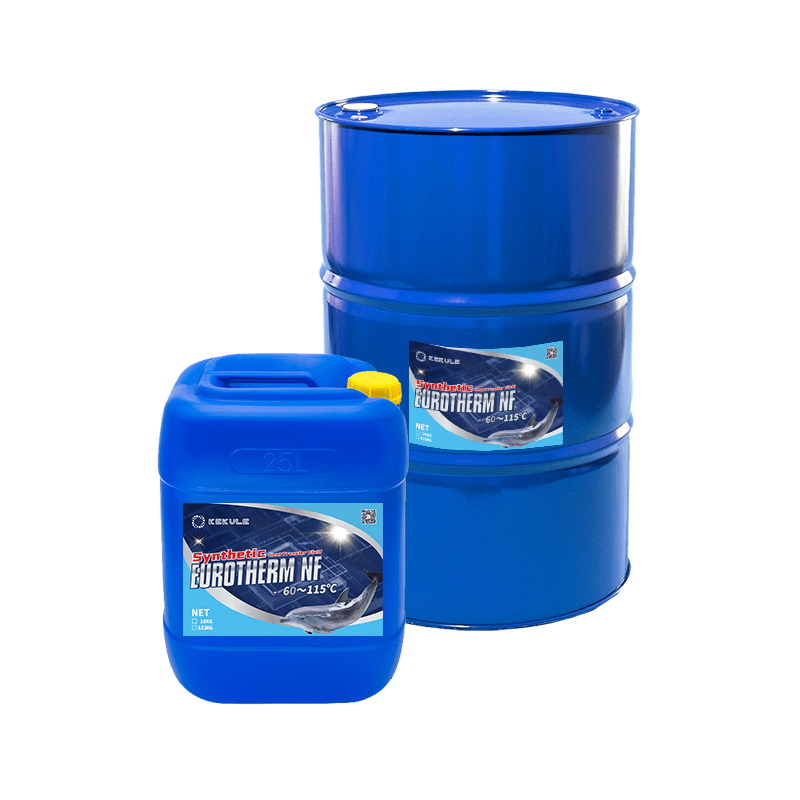Chemie for Dummies
Chemie for Dummies
Blog Article
9 Simple Techniques For Chemie
Table of ContentsUnknown Facts About ChemieSome Ideas on Chemie You Need To KnowThe Best Strategy To Use For ChemieThe 6-Second Trick For ChemieSome Known Factual Statements About Chemie See This Report about Chemie
By Bojanna Shantheyanda, Sreya Dutta, Kevin Coscia and David SchiemerDynalene, Inc. Liquid cooling, which can be achieved utilizing indirect or straight ways, is utilized in electronic devices applications having thermal power thickness that may exceed safe dissipation through air cooling. Indirect liquid cooling is where warm dissipating digital parts are physically separated from the liquid coolant, whereas in situation of direct air conditioning, the elements are in direct contact with the coolant.However, in indirect cooling applications the electrical conductivity can be important if there are leakages and/or splilling of the liquids onto the electronic devices. In the indirect air conditioning applications where water based liquids with corrosion inhibitors are generally utilized, the electric conductivity of the fluid coolant generally depends upon the ion concentration in the liquid stream.
The boost in the ion concentration in a shut loop liquid stream may occur as a result of ion seeping from metals and nonmetal components that the coolant liquid touches with. During operation, the electrical conductivity of the fluid may raise to a level which might be harmful for the air conditioning system.
How Chemie can Save You Time, Stress, and Money.
(https://giphy.com/channel/chemie999)They are bead like polymers that are qualified of exchanging ions with ions in a solution that it touches with. In today work, ion leaching examinations were done with different metals and polymers in both ultrapure deionized (DI) water, i.e. water which is dealt with to the highest possible levels of pureness, and low electric conductive ethylene glycol/water mix, with the measured modification in conductivity reported over time.
The examples were allowed to equilibrate at area temperature for 2 days before tape-recording the first electrical conductivity. In all examinations reported in this research study fluid electric conductivity was measured to a precision of 1% utilizing an Oakton disadvantage 510/CON 6 series meter which was adjusted prior to each dimension.
What Does Chemie Mean?
from the wall home heating coils to the center of the heating system. The PTFE sample containers were put in the heating system when stable state temperatures were gotten to. The examination arrangement was removed from the furnace every 168 hours (seven days), cooled down to area temperature level with the electrical conductivity of the fluid determined.
The electrical conductivity of the fluid example was kept track of for a total amount of 5000 hours (208 days). Number 2. Schematic of the indirect closed loophole cooling down experiment set-up - inhibited antifreeze. Table 1. Components utilized in the indirect closed loop cooling down experiment that are in call with the fluid coolant. A schematic of the experimental configuration is received Number 2.

Chemie - Truths
During procedure the liquid storage tank temperature was kept at 34C. The change in fluid electric conductivity was kept track of for 136 hours. The fluid from the system was accumulated and kept. Likewise, shut loophole examination with ion exchange resin was executed with the exact same cleaning procedures used. The initial electrical conductivity of the 230ml UP-H2O in the system determined 1.84 S/cm.

0.1 g of Dowex resin was contributed to 100g of liquid examples that was taken in a separate container. The mixture was mixed and change in the electric conductivity at room temperature was gauged every hour. The determined modification in the electrical conductivity of the UP-H2O and EG-LC examination fluids including polymer or metal when involved for 5,000 hours at 80C is revealed Number 3.
Chemie Fundamentals Explained
Number 3. Ion seeping experiment: Measured adjustment in electric conductivity of water and EG-LC coolants containing either polymer or metal samples when submersed for 5,000 hours at 80C. The results show that steels added fewer ions right into the fluids than plastics in both UP-H2O and EG-LC based coolants. This can be because of a thin metal oxide layer which may act as a barrier to ion leaching and cationic diffusion.
Fluids containing polypropylene and HDPE exhibited the lowest electric conductivity adjustments. This can be as a result of the brief, rigid, direct chains which are less likely to contribute ions than longer branched chains with weaker intermolecular forces. Silicone likewise did well in both test liquids, as polysiloxanes are usually chemically inert as a result of the high bond energy of the silicon-oxygen bond which would certainly stop degradation of the product into the liquid.
Chemie Things To Know Before You Get This
It would certainly be anticipated that PVC would produce similar results to those of PTFE and HDPE based upon the similar chemical frameworks of the materials, however there may be various other impurities existing in the PVC, such as plasticizers, that might influence the electrical conductivity of the fluid - heat transfer fluid. Additionally, chloride groups in PVC can additionally seep right into the examination fluid and can cause a boost in electrical conductivity
Buna-N rubber and polyurethane showed indicators of destruction and thermal disintegration which recommends that their possible energy as a gasket or glue material at greater temperature levels might lead to application problems. Polyurethane completely broke down into the examination fluid by the end of 5000 hour test. Number 4. Prior to and after photos of metal and website link polymer samples immersed for 5,000 hours at 80C in the ion seeping experiment.
Measured change in the electric conductivity of UP-H2O coolant as a feature of time with and without material cartridge in the shut indirect air conditioning loophole experiment. The measured modification in electric conductivity of the UP-H2O for 136 hours with and without ion exchange resin in the loophole is displayed in Number 5.
Report this page